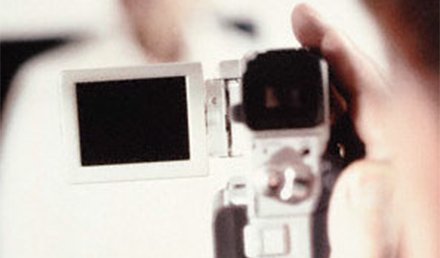Urgent message: Urgent care is a highly fragmented industry considered ripe for consolidation. A handful of high-profile deals have made 2015 the biggest year for mergers and acquisitions yet, but high valuations, oversaturated markets, changing buyer and seller expectations, and structural changes attributable to the Patient Protection and Affordable Care Act will influence urgent care deal-making in coming years. ALEXANDER NATHANSON, MD Mergers and acquisitions (M&A) in the U.S. urgent care industry have historically consisted …
Read More


